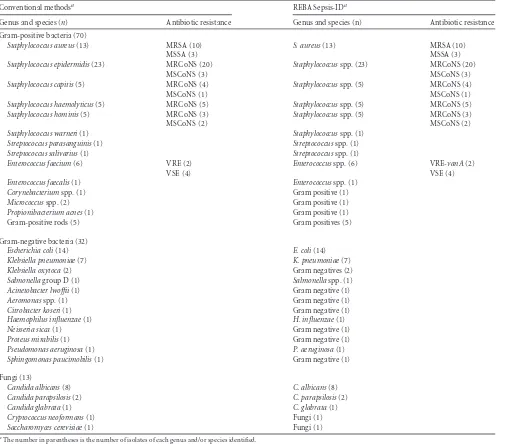PCR Reverse Blot Hybridization Assay for Screening and Identification of Pathogens in Sepsis
Full text
Figure
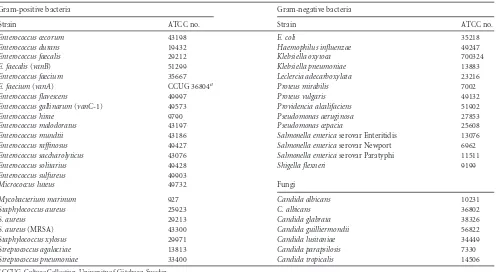
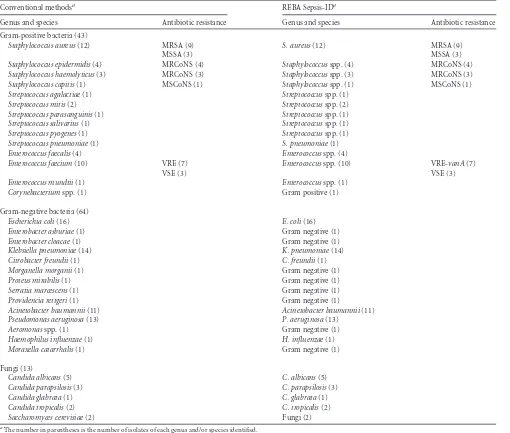
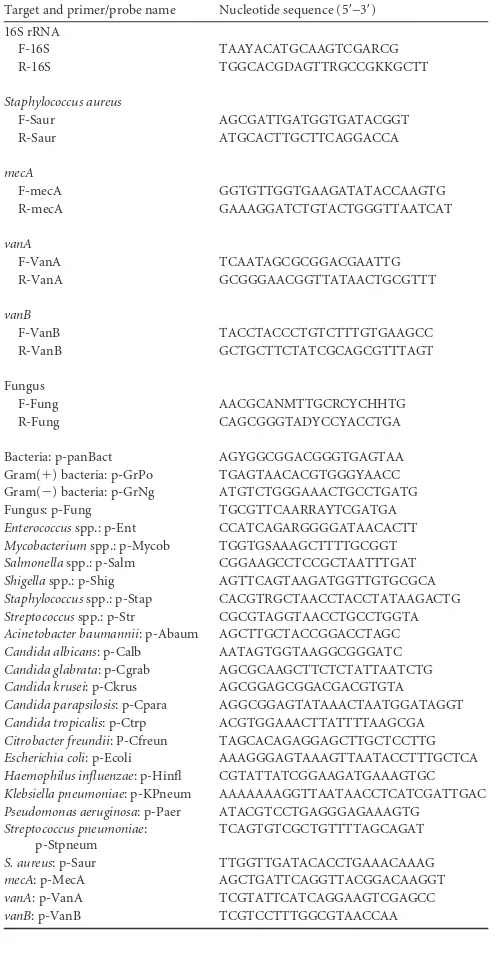
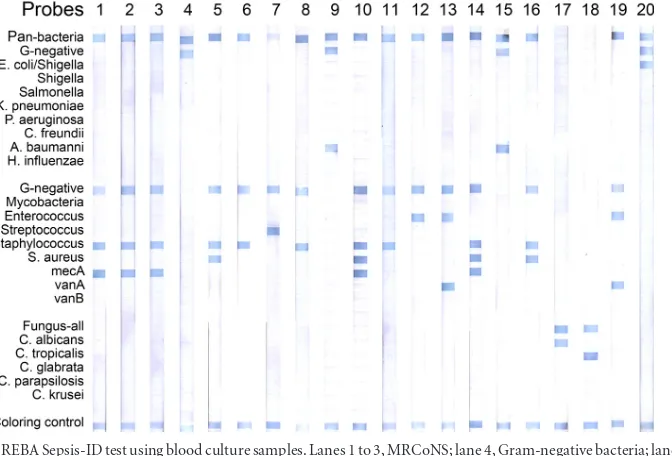
Related documents
True cyber intelligence is not about identifying past threats and attack vectors, therefore, but is focused on understanding exactly what is happening within the organizations, to
population distributions of tulathromycin doses, as predicted by a population PK/PD model. for
Consider emphasizing the products and energy yields associated with glycolysis, the citric acid cycle, and oxidative phosphorylation before detailing the specifics of each
Lorsque les niveaux d’exposition de la mère aux dioxines (présentes dans le poisson et d’autres aliments) ne dépassent pas la dose mensuelle tolérable provisoire (PTMI) de 70
It has been suggested that there was a tendency for industry to settle in areas with soft water in England and Wales.8 In computing a regression function of infant mortality in
Similair experiments were carried out with human subjects and their photographs; with several energy stimuli such as light, sound, color, ultrviolet, and infra-red.. radiations,
Based on the results, the following conclusion are drawn: 1) The experimental results show that the concrete mix M3 containing 15% partial replacement of cement by spent
